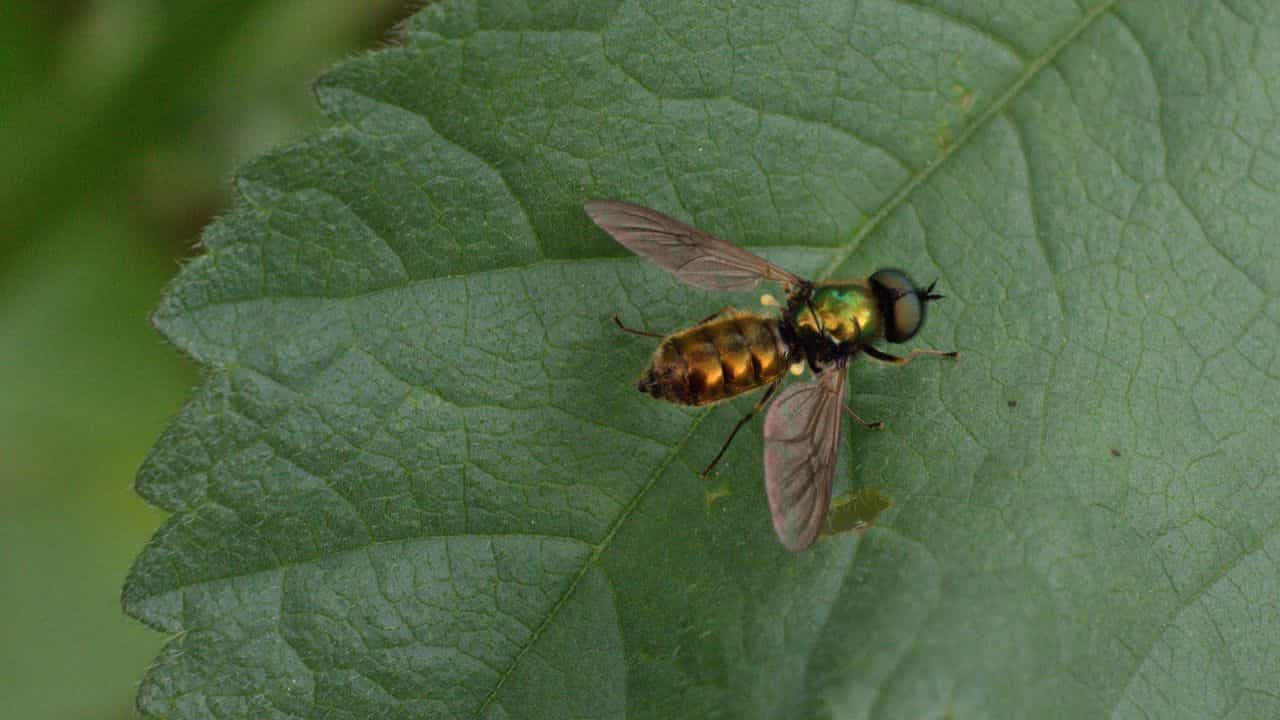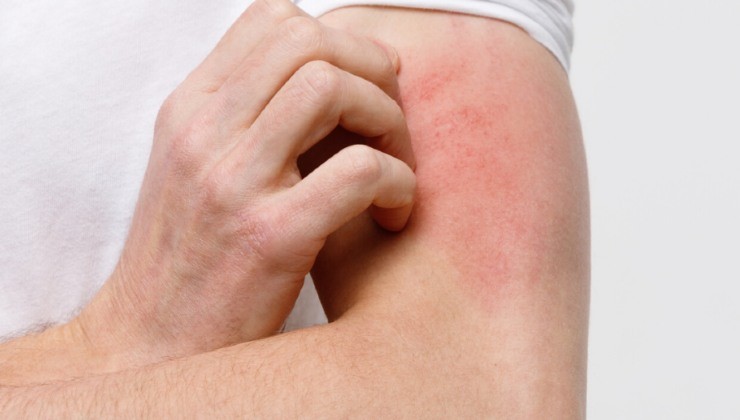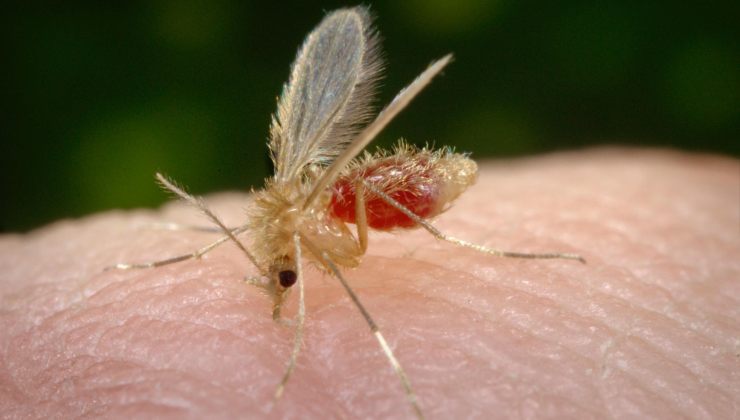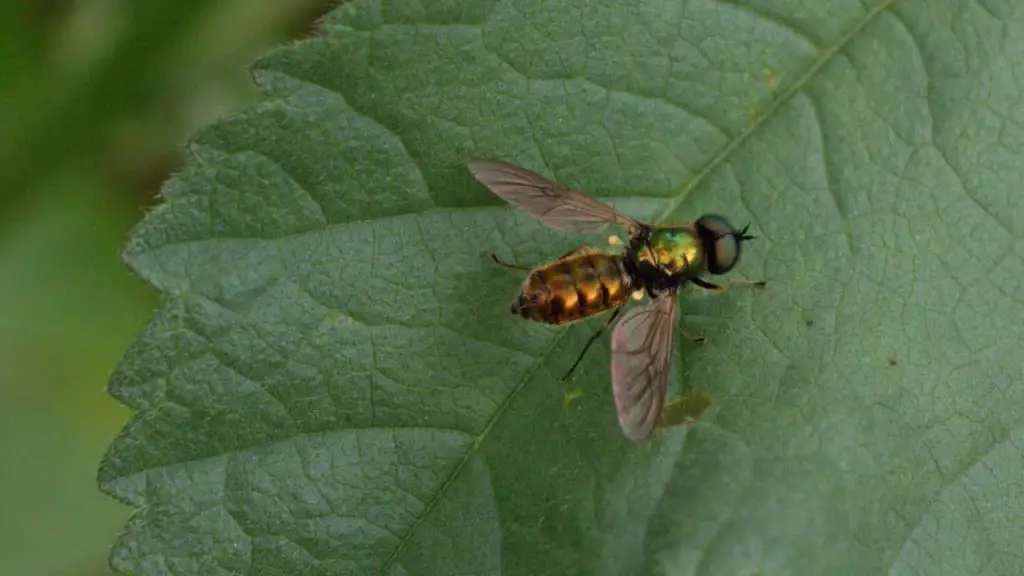Unmasking the Invasion of Sandflies: A Summer Nuisance

Summer unfolds its warmth, beckoning us outdoors, yet it also unleashes a battalion of bothersome insects. While many may seem inconsequential, some pose significant threats. Among these, sandflies take the spotlight as tiny, relentless companions causing itchy disturbances. Let’s explore the nuances of this sandfly invasion and the strategies to safeguard against their relentless bites.
A Symphony of Summer Insects
The advent of summer heralds a plethora of insects eager to encroach upon our living spaces. Though some may appear inconspicuous, it’s crucial not to underestimate them. Effective precautions are essential to shield ourselves from insect bites and fully relish the splendid summer days. Sandflies, in particular, emerge as formidable and vexing companions during the warmer months. Measuring only 3-4 millimeters, these miniature bloodsuckers can wreak havoc, especially in coastal regions where they flourish. However, their intrusion is not limited to the beach; they can infiltrate hilly areas and even urban environments. Knowing when these sandflies are most active is key to protection.

The Perils of Sandfly Bites
Sandflies, members of the Culicidae family, also known as mosquitoes or midges, are deceptively small yet potent troublemakers. These insects thrive on human and animal blood, with the females being the culprits behind the maddening stings. These bites, painful and irritating, can disrupt summer enjoyment. Sandflies gravitate towards coastal areas, where humidity and freshwater reservoirs create an ideal habitat for their proliferation.
Nevertheless, their presence is not confined to coastal locales; hilly regions are not exempt from their infiltration.

Safeguarding Against Sandfly Bites
Protecting oneself from sandfly bites demands a multifaceted approach. Avoiding highly humid areas during peak sandfly activity hours is the first line of defense. When venturing out during these hours, donning light but covering clothing reduces skin exposure. Additionally, the use of insecticidal repellents containing DEET proves effective against sandflies.
For those sensitive to bites or residing in high-risk areas, implementing window screens and mosquito nets can foster peaceful sleep, free from nocturnal intruders. Regularly inspecting the body for bites and promptly treating them with localized antihistamines or specific post-sting solutions prevents infections or allergies. Now, let’s uncover the critical juncture of a sandfly invasion.

The Crucial Moment of Sandfly Onslaught
Sandflies, sometimes known as leech mosquitoes, usher in their season from spring to autumn. These nocturnal insects, though present in various regions, thrive predominantly in coastal and hilly terrains. The pivotal moments of sandfly activity occur during the early morning and late afternoon. As the sun begins to rise and set, these creatures intensify their annoying ventures, posing a challenge to outdoor enthusiasts.

Unveiling the Sandfly Habitat
Sandflies, also referred to as sandflies, fall under the category of ectoparasites, akin to lice, mosquitoes, and ticks. Vigilance towards these creatures is paramount due to their potential to transmit infectious diseases like leishmaniasis. Primarily nocturnal, sandflies favor warm climates with high humidity, explaining their prevalence in coastal regions.
Measuring a mere 3-4 mm, these creatures adeptly conceal themselves in crevices, sewer ducts, burrows, shaded areas, and well-ventilated spaces, evading direct sunlight. Environments rich in organic debris become attractive hideouts. Despite their diminutive size, their silent attacks, devoid of the characteristic buzzing of mosquitoes, make them elusive assailants.

